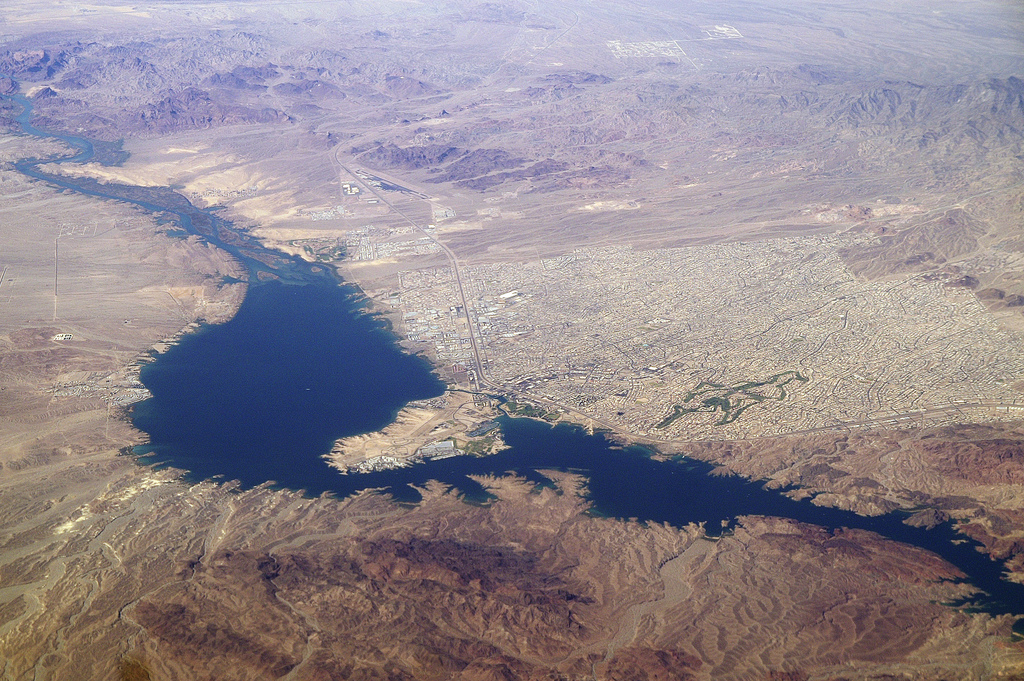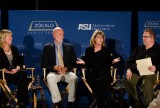
The American West is fueled by the Colorado River, which provides water to 40 million people, hydroelectric power to many others, and irrigates agriculture from inland California to Wyoming. At 1,450 miles, the river encompasses parts of 11 national parks, seven U.S. states, and two Mexican states. But the Colorado is deeply stressed–and its future is deeply in doubt. Over a dozen years of drought have dropped reservoirs along the river to historic lows: Lake Mead and Lake Powell could become useless dead pools within a decade, as flows diminish and sediment fills the lakes. Rapid development in California, Nevada, and Arizona–and conflicts between those states–have made long-term planning and governance for the river difficult. But new agreements with Mexico to restart flows into the river’s delta–and ultimately into the Gulf of California–suggest that new strategies for the river may be possible. What should those strategies be? And, will even large-scale conservation efforts make any difference if the drought continues much longer? Lake Havasu City water resources coordinator Doyle Wilson, Arizona Municipal Water Users Association executive director Kathleen Ferris, and Nature Conservancy Colorado River program director Taylor Hawes visit Zócalo to discuss the future of the Colorado River–and what steps must be taken to ensure there is one.
Photo courtesy of Erik Nielson.
The Takeaway
Whose Colorado River Is It?
Dividing Up a Single Water Source Among 30 Million People—and Leaving Some for Nature—Is a Tricky Business
Over 30 million people rely on the Colorado River for water—for purposes ranging from drinking to agriculture to power plants. But scientists predict that the river isn’t going to produce …





